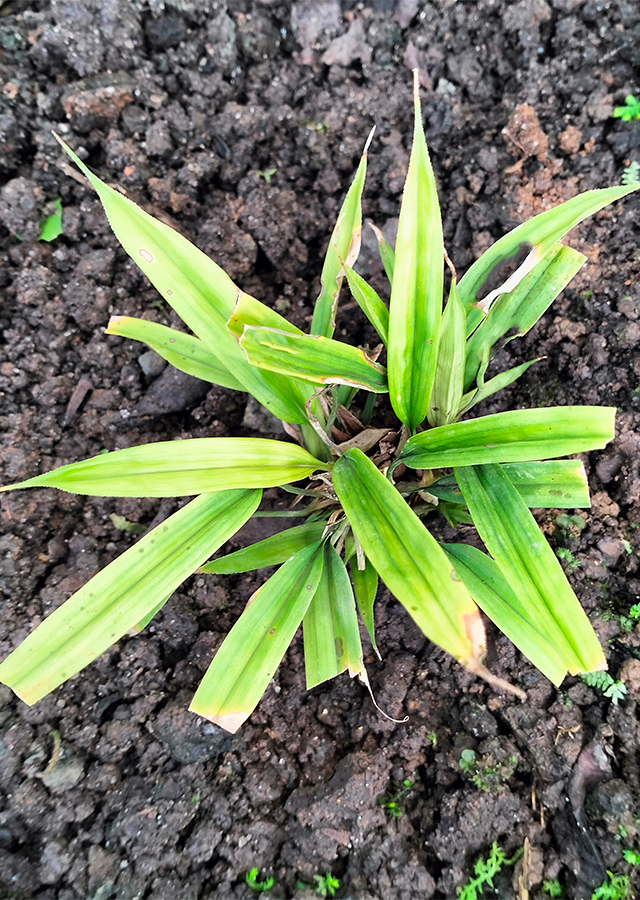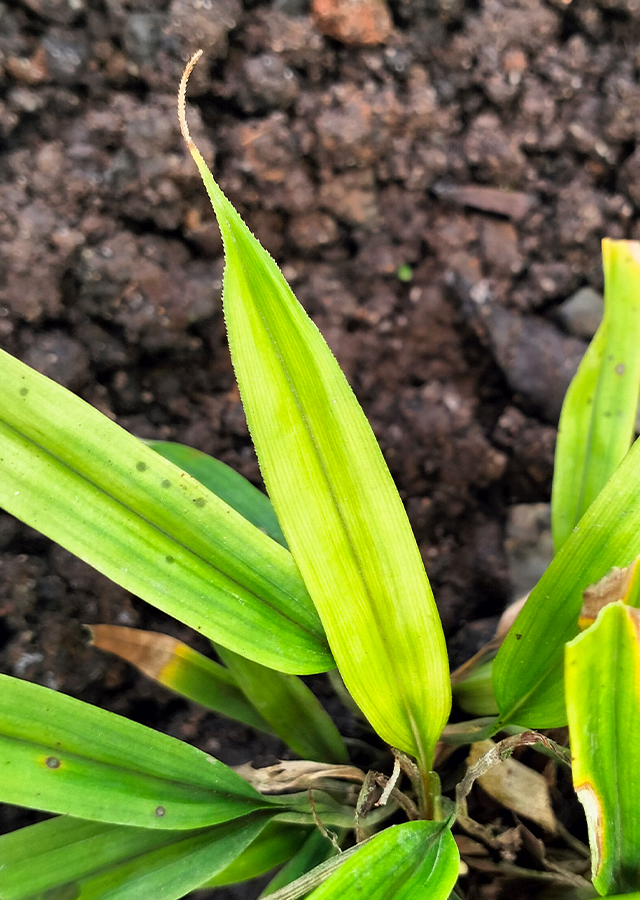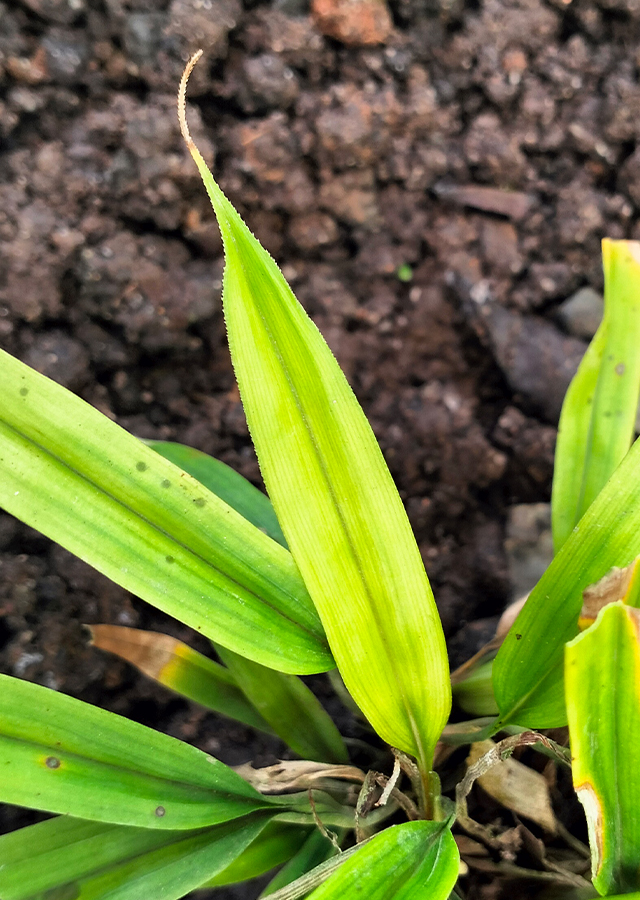Traditional Herbs from Mapania cuspidata
treat_diarrhea
- Take enough fresh parang ghost leaves, wash them thoroughly.
- Boil until boiling.
- Let it warm/cold.
- Strain then drink.
penawar_racun
- Take plant roots\u00a0fresh ghost machete as needed, wash thoroughly.
- Boil until boiling.
- Let it warm/cool.
- Strain then drink.
What is Mapania cuspidata Looks like??



Parts of Mapania cuspidata that could be used
- Leaves
- Roots
- All Parts of the Plant
Mapania cuspidata Distribution
The ghost machete or Mapania cuspidata is widespread in the Nicobar Islands, Thailand, throughout Malesia, the Solomon Islands and the New Hebrides. This plant has value as an ornamental plant and medicinal plant. Traditionally, it is widely used in medicinal systems in several countries, including Indonesia and Malaysia. This plant is generally known as a medicine used after childbirth.Agroecology of Mapania cuspidata
M. cuspidata is usually found growing in lowland swamp forests to mountain forests, especially on the banks of rivers and streams on rocky or sandy soil up to an altitude of 900 m above sea level. This species is also found in damp and peaty areas.
Morphology of Mapania cuspidata
- Short rhizome roots or stolons, rhizome diameter up to 11 mm.
- Short stem, flat.
- Leaves 3-tiered, rosette-shaped, glabrous, simple, dark green above and pale below, purplish pink when young, linear, linear-oval to oblong, narrowed to pseudopetioles up to 39 cm long at the base, cuspidate at the apex, leaf margins flat to scabrous near the apex, rough, 3-veined, young leaves are pink to reddish on the lower side. Sheaths are present at the base of the pseudopetiole.
- Flowers unisexual, sessile, arranged in axils of bracts along the axis (spicoid), 3 lower male flowers spicoid, with 1 stamen, female terminal flowers, with an elongated style terminating in 3 stigmatic branches, each spicoid with 6 bracts (so 2 ??without flowers). (terminal), ellipsoid to hemi-spherical spike up to 3 cm, on lateral scape up to 29 cm; spike with several involucral bracts.
- Fruits are small, ovate to oblong, dull pale green to grayish brown , smooth, with succulent exocarp and stony endocarp.
Cultivation of Mapania cuspidata
Plant propagation by seeds and saplings.
Mapania cuspidata, more details :
Chemical Content of Mapania cuspidataTen groups of flavonoid compounds (5-deoxyisoflavones, isoflavones, chalcones, flavanones, anthocyanins, flavone glycosides, flavones, flavonols, glycosylflavones, and aurones).
Benefits of Mapania cuspidata
Reduces fever, tonic after childbirth, overcomes swelling after childbirth, tightens skin and breasts, antidote to poison, treats diarrhea, dysentery, poisonous caterpillar stings, helps treat liver disease. Has antibacterial and antidiarrheal activity.
Simplisia of Mapania cuspidata
Another Facts for Mapania cuspidata :
Synonym of Mapania cuspidataLepironia cuspidata Miq.
Habitus of Mapania cuspidata
Herb. Clustered herb, annual (perennial), grows up to 90 cm
Habitat of Mapania cuspidata
- Riverside", "Forest", "Land
No comments:
Post a Comment